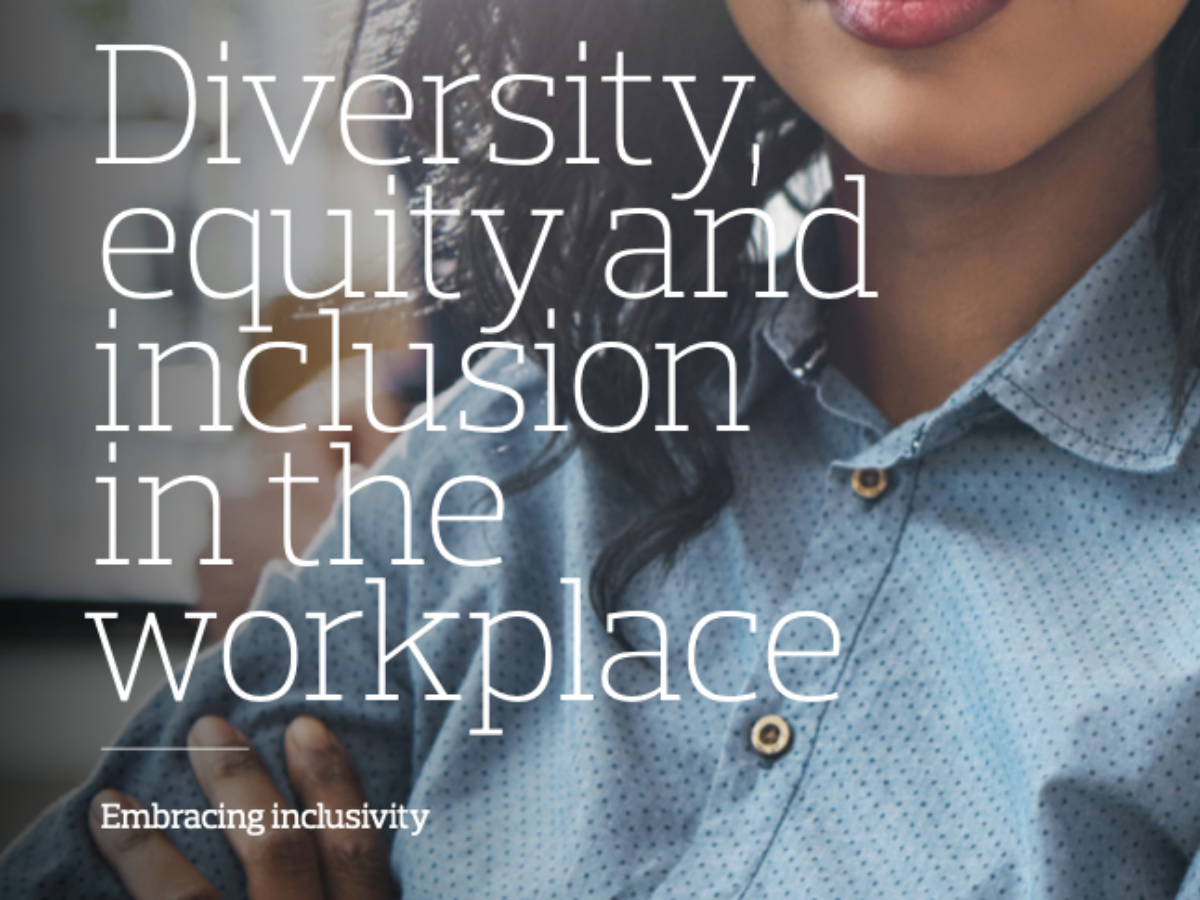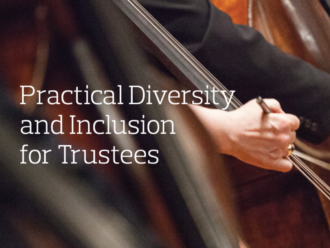Championing diversity, equity and inclusion (‘DE&I’) is not a new theme for many organisations. However, external pressures from governments and other stakeholders, including prospective and current employees, and a growing acknowledgement of the benefits of an effective DE&I strategy have reinforced the need for organisations to disclose and show progress towards their goals. As the increasing focus on, and business case for, having a diverse workforce have become more apparent, Human Resource departments, business leaders and their Boards have started to take a more proactive approach to reviewing and assessing the adequacy of their human capital management activities around talent attraction, retention and development to ensure that DE&I is core part of all those activities. In fact, an inclusive culture and a diverse workforce are key drivers of workforce resilience.
Additionally, with the buy and voting side of institutional investors increasing their broader focus on ESG (Environmental, Social and Governance) factors2, disclosing a comprehensive DE&I strategy for the organisation has also become an investor attraction and compliance strategy. Beyond core employee and investor expectations, establishing and managing strong DE&I practices and goals can also help to hedge against any brand and reputational risks, which are identified as key concerns of the C-suite globally.



